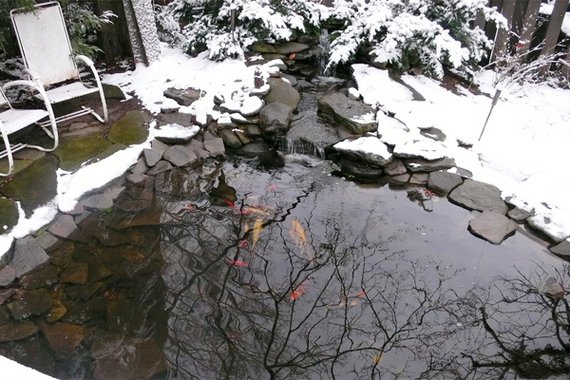Odd Moving Tips That Really Work
By:

You’ve got the basics — cardboard boxes, newspaper, the phone number of a pizza place so you can feed the friends helping you move all your worldly goods. But do you have enough socks for the stemware?
As with any major home project, there’s always someone out there with more experience and a host of clever ideas. Moving is no different. We’ve rounded up a list of some of our favorite quirky-but-useful tips to make trading one roof for another go a little bit smoother.
1. Footwear, Meet Stemware
About those socks and glasses . . . If you can double up and use some of your belongings to protect others, you cut down on space and moving supplies. Socks slipped around the wine glasses can help pad the delicate stems.
2. Plates on Plates
Instead of painstakingly wrapping each dinner dish in newsprint or bubble wrap, or purchasing those pre-packaged dishpacks, buy one cheap bag of Styrofoam plates. Alternate stacking the real plates with the disposables and — voila! — instant padding. Genius, right?
3. Make Like a Ghost
Worn sheets can be used as an extra layer of protection around your mattress, or any piece of furniture. You may not want to use that extra-fancy satin set, but old, cheap stand-bys can take a stain or risk a tear better than a mattress or sofa upholstery. Bonus: Like the socks, using sheets as packing material frees up more box space.
4. Pack in Color
Sure, you can painstakingly label every box. Or, just slap on some color. Buy color dots or several hues of duct tape, designate a specific color for each room, and stick the appropriate dot or tape on each box. The best part, we think, is the idea of making a legend that can keep track of all of your colors. That way, you won’t mistake the red for the den instead of the kitchen, and unpacking becomes a snap.
5. Use Your Wheels
Have wheelie bags? Use them for heavy things like books, especially if it’s a relatively smaller suitcase and not an Army-size duffel. You won’t be able to get away without ever having to lift the bag, such as in and out of a vehicle, but at least you’ll have a little extra help.
6. Bag Your Clothes
This tip may not work for every move, since some moving companies won’t touch any goods not packed in boxes. However, if such restrictions don’t pertain to you, break out the garbage bags. Pull one bag up around a cluster of your hanging clothes, and tie the open end by the hangers. One blogger bragged that she packed her entire closet in 15 minutes this way.
7. Take Pictures
The serving dishes fit in the dozen breakfront shelves like puzzle pieces now, but such a tight fit may be hard to replicate after everything has been removed to boxes. Pictures can act as an unpacking guide. Photos also protect your goods for insurance purposes — you’ll have proof should anything break or chip in transit.
8. Don’t Just Ditch the Fish
Some people might flush their goldfish, but some tanks are worth serious money and heart. Tanks contain their own ecosystems, including bacteria. Put the fish in a separate container, but keep some of the water the fish are accustomed to so you retain the original bacteria colony when you establish their new home in your new home.
9. Leave the Garage Empty
In the new digs, resist the temptation to pile boxes into the garage, or attic, or back closet, with a promise to get to them later. “Later” can last months. If a boxful of stuff is so unnecessary that a year could pass without needing the contents, maybe that’s a tip to ditch the contents before the move. Otherwise, you risk forgetting where you put important things, or end up parking the car outside all winter.
10. Unpack the TV Last
The desire to relax is strong. The coffee table pushed up against the sofa looks so inviting, but those boxes aren’t going to unpack themselves. Resist the urge to derail your momentum. Otherwise, those boxes will just stand over your head. Unpack the TV last, sink deeply into that comfy couch, and revel in the knowledge of a well-done moving job any pro would envy.
Learn more at www.realtor.com/advice








 If you neglect your home maintenance projects, you could end up with problems scarier than any ghost or goblin. Image: Knape/Vetta/Getty Images
If you neglect your home maintenance projects, you could end up with problems scarier than any ghost or goblin. Image: Knape/Vetta/Getty Images


